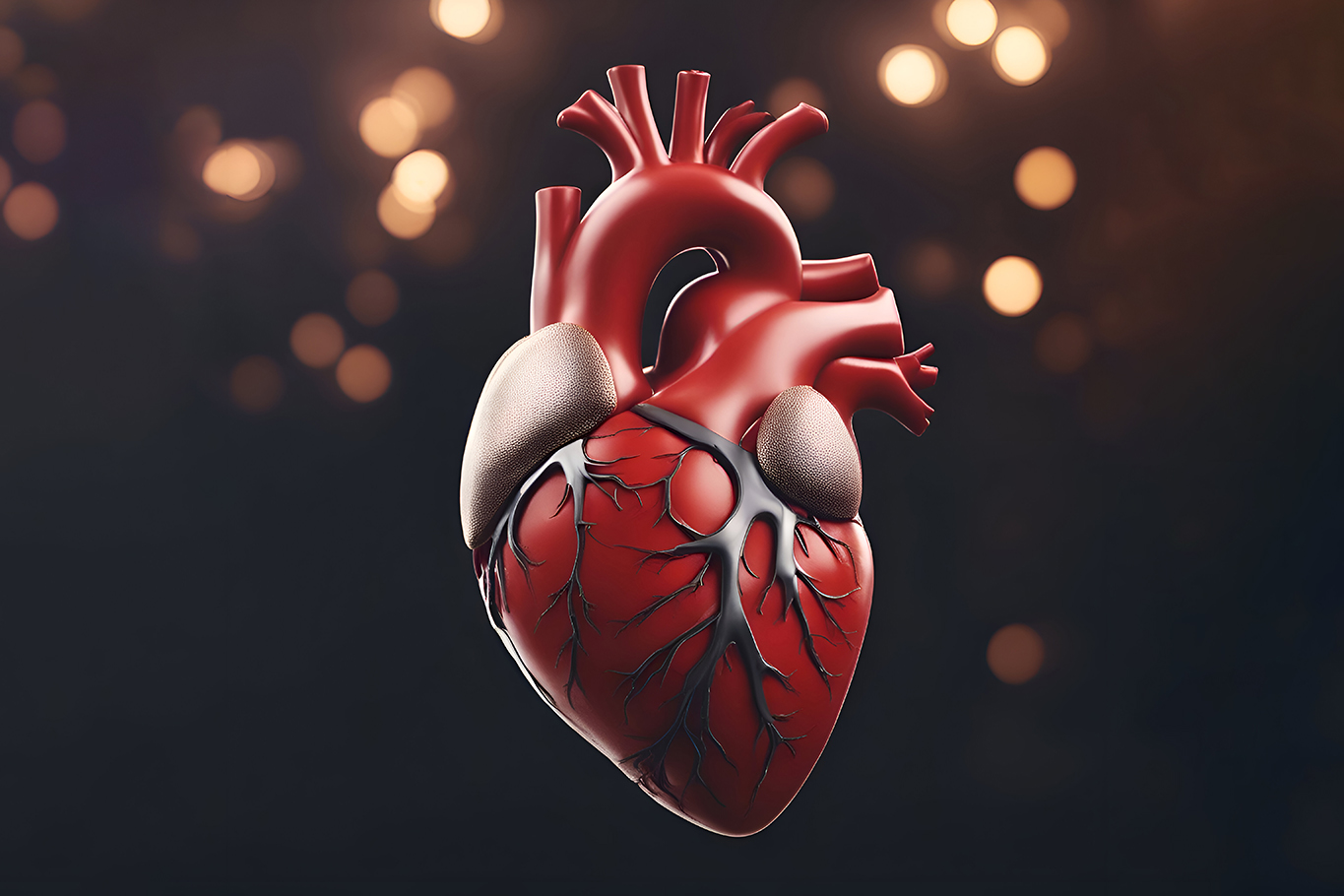 Engineers at the Massachusetts Institute of Technology (MIT), including an Indian American, have created a robotic replica of the heart’s right ventricle, emulating the beating and blood-pumping action of live hearts. Combining real heart tissue with synthetic, balloon-like artificial muscles, the robo-ventricle allows scientists to control contractions and observe natural valves. Tunable to mimic healthy and diseased states, it was manipulated to simulate conditions like right ventricular dysfunction. The team tested cardiac devices, implanting a mechanical valve to observe pumping changes. The robotic ventricle serves as a realistic platform for studying disorders and testing therapies.
Engineers at the Massachusetts Institute of Technology (MIT), including an Indian American, have created a robotic replica of the heart’s right ventricle, emulating the beating and blood-pumping action of live hearts. Combining real heart tissue with synthetic, balloon-like artificial muscles, the robo-ventricle allows scientists to control contractions and observe natural valves. Tunable to mimic healthy and diseased states, it was manipulated to simulate conditions like right ventricular dysfunction. The team tested cardiac devices, implanting a mechanical valve to observe pumping changes. The robotic ventricle serves as a realistic platform for studying disorders and testing therapies.
The MIT engineers, led by Manisha Singh, a postdoc at MIT’s Institute for Medical Engineering and Science (IMES), reported the details of the robotic right ventricle (RRV) design in an open-access paper in Nature Cardiovascular Research. The RRV is especially useful in intensive care unit settings, where the right ventricle is prone to dysfunction in patients on mechanical ventilation. The simulator allows studying the effects of mechanical ventilation on the right ventricle and developing preventive strategies for right heart failure in vulnerable patients.
The right ventricle, one of the heart’s four chambers, poses challenges in accurate observation and assessment due to its anatomical complexity. Conventional tools often fail to capture its intricate mechanics, leading to potential misdiagnoses. The realistic, functional model of the right ventricle, incorporating real heart tissue for its natural complexity, offers an ideal training ground for surgeons and cardiologists. It aids in practicing new surgical techniques and developing cardiac devices for treating dysfunction. The RRV, though currently simulating realistic function over a few months, is undergoing efforts to extend performance and continuous operation for longer periods. The team collaborates with implantable device designers to test prototypes on the artificial ventricle, potentially accelerating their path to patients.













